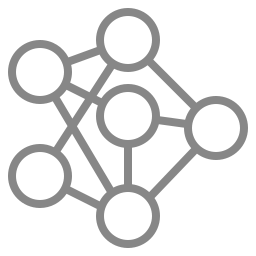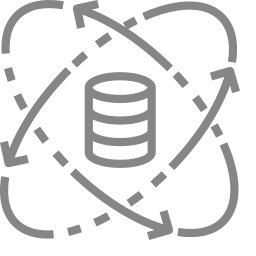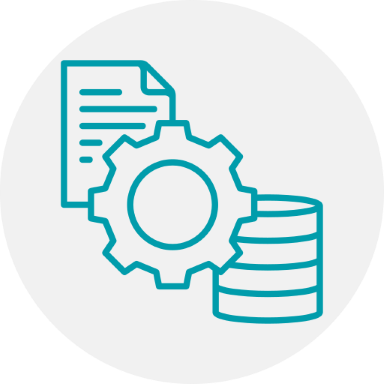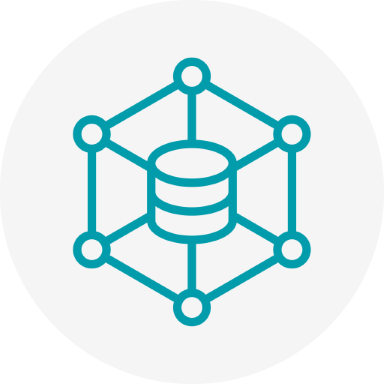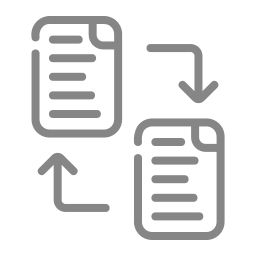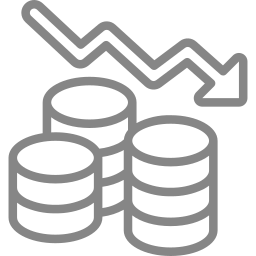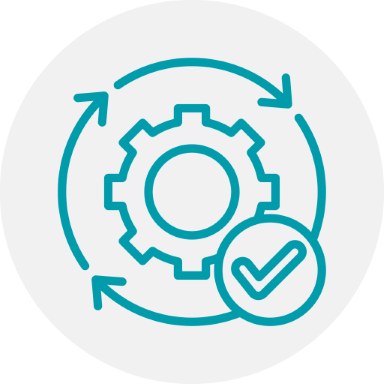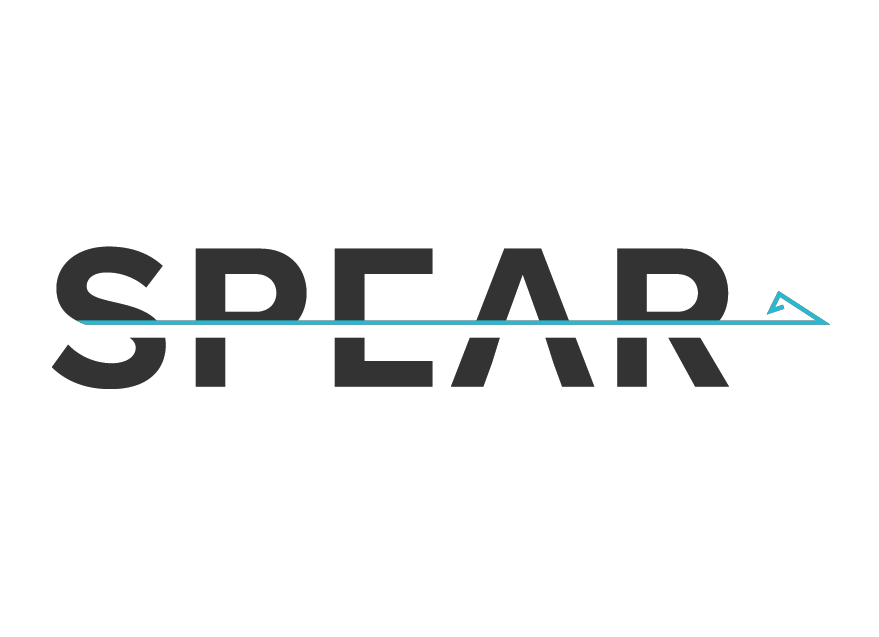
Introducing SPEAR
SPEAR is the game-changing TeraHelix paradigm that accelerates the delivery of any data-driven initiative. This one-of-a-kind TeraHelix capability sits at the heart of the TeraHelix ecosystem and powers all our data platform accelerators. It is the technical realisation of our collective experience spanning decades in the forefront of financial services technology.
